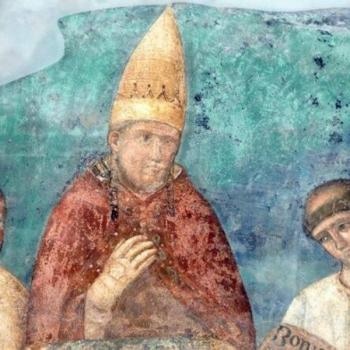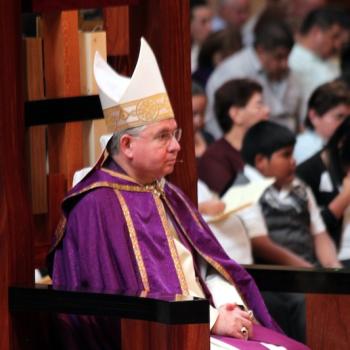Every Peruvian child learns at a young age that when the Spanish captured the ruling Inca emperor Atahualpa in 1532, the Spaniard Francisco Pizarro held him for a ransom. Atahualpa had one room filled with gold and two with silver up to where the tip of his finger reached in order to gain his freedom.
Despite fulfilling the demands of Pizarro, Atahualpa was executed in August 1533 and Spain took possession of the lands and resources of the Inca Empire. This unfortunate event of Latin American colonial history is linked to today’s Roman Lenten Station Church by a tradition with which not all scholars agree.
After compensating himself and his men for the conquest, Pizarro sent the gold and silver back to Spain where 20% of it was taxed for the personal treasury of the king. Considering this first shipment of gold the first-fruits of the conquest of Peru, King Charles V gifted it to the Pope. What did the Pope do with it? It was used for the new beautiful golden ceiling of the Basilica of Mary Major.
There are disagreements over the authenticity of this historical link, but the mere possibility is fascinating for Peruvians. The Peruvian Embassy of Rome publishes “A Peruvian’s Guide to Rome” and of course it retells this story. For a Peruvian who has always heard the story of Atahualpa’s gold and silver, gazing at the ceiling of this basilica is like opening a window into the past.
All pictures are mine, all rights reserved













